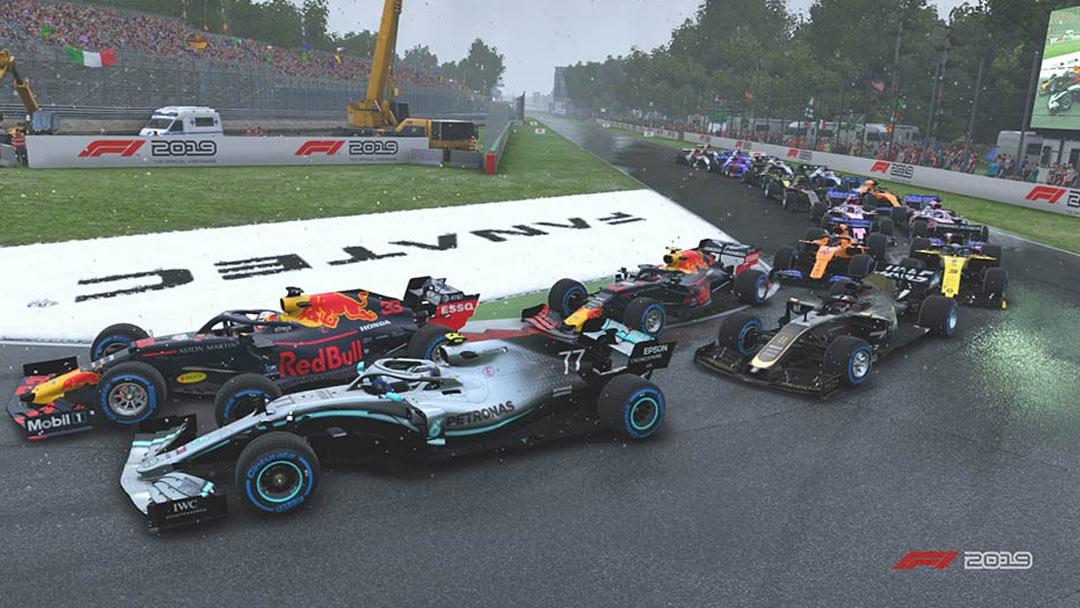

For example, if your front tyres are at 22.0psi, you can keep the rear tyres at that level, too.Įqually, you’ll need to think about the track that you’re at in each race. Linking in with the above point, both the tire pressures for the front and the rear can be kept at around the same levels. However, that can lead to higher tyre temperatures, which could cause your tyres to wear out faster. Lower tyre pressures see a larger surface area for the car, giving improved traction but losing you some initial responsiveness when going around some corners.Ĭonversely, increasing the tyre pressures of the car lowers their profile, reduces rolling resistance, and will give your car that little bit more straight-line speed. Tyre pressures can have a small but significant impact on your car, thanks to the impact that it has on the surface area of the vehicle. To find the slider settings for the Front Right, Front Left, Rear Right, and Rear Left Tyre Pressure, go to the Tyres tab of the modifying screen. Whereas toe in at the rear can see increased stability, but the car might feel a bit lazy as you initially turn into a corner. Toe out at the front will see the car respond more sharply on initial turn in, but you will lose some front stability. It is how the power is transmitted to the rear wheels, and changing this affects how that power is transmitted.Ī more open differential will see the rear wheels turn at different speeds, whereas a locked differential will see them spin at the same speed. The differential is one of the more complex items to adjust on the car. Here, you can adjust the On and Off Throttle Differential. To adjust the differential, go to the Transmission tab of the setup that you’re modifying. This can be changed to suit your own driving style and for a bit of extra downforce/top speed. By default, F1 22 offers a “recommended setup” when you enter the first setup screen. You will then be presented with a multitude of options to change, as well as the ability to load previous setups that you have created and saved. Cycle to the setup menu and press the requested button to customise.On the track, hit the relevant button on your wheel, keyboard, or controller to bring up the screen attached to your car, or the race strategy menu if you are in Grand Prix mode.For the latter two, head to the track once you’ve made it through all of the career hubs.


It helps to stave off the main issue, lock-ups, while giving you ample control when competing in the Brazilian Grand Prix.

This is the preferred brake pressure is 100% and 50% front brake bias setup for most racing in F1 22. Just be careful on those kerbs in the Senna Esses and penultimate corner. Given some of the kerbs, the ride height that we have got should allow you to attack them quite nicely and not spin around. Some prefer a car with a bit of understeer, while others want lots to wrangle? It’s really quite tricky to judge what is best, but we think that our softer setup gives a nicely balanced car on a track that is quite tricky. Suspension is a part of the setup that is a bit more down to you, the driver, rather than the track itself. So, the last thing that you want to do is play chicken with them, making it best to be more conservative with these setup components in F1 22. We could arguably go much more aggressive with some of the setup figures in this part of the car, but as can be seen in real life, Interlagos can be an absolute killer when it comes to the tyres. You want a car in Brazil that will get through the corners cleanly and not eat up the tyres. Use these car settings for the best setup in Brazil: These are the recommended settings for the best F1 22 Brazil setup for dry and wet laps. Check out the complete F1 22 setups guide if you’d like to know more about each adjustable component.


 0 kommentar(er)
0 kommentar(er)
